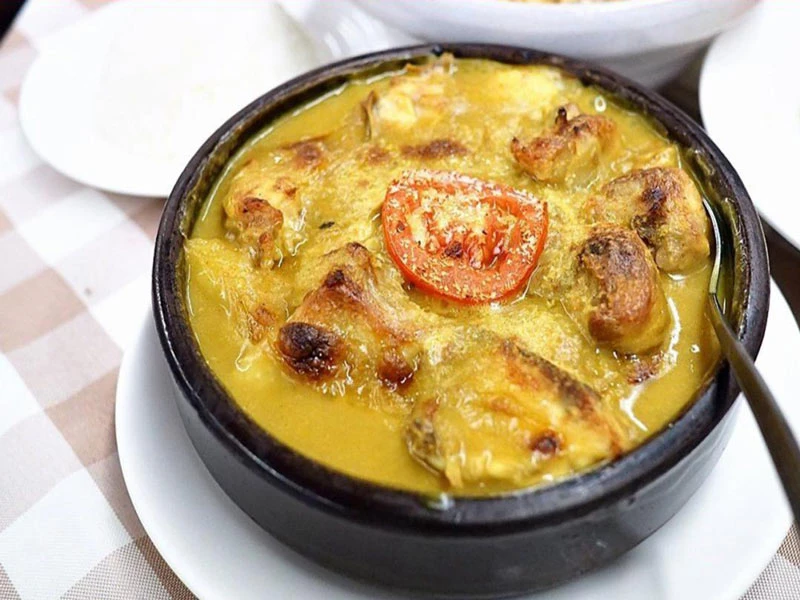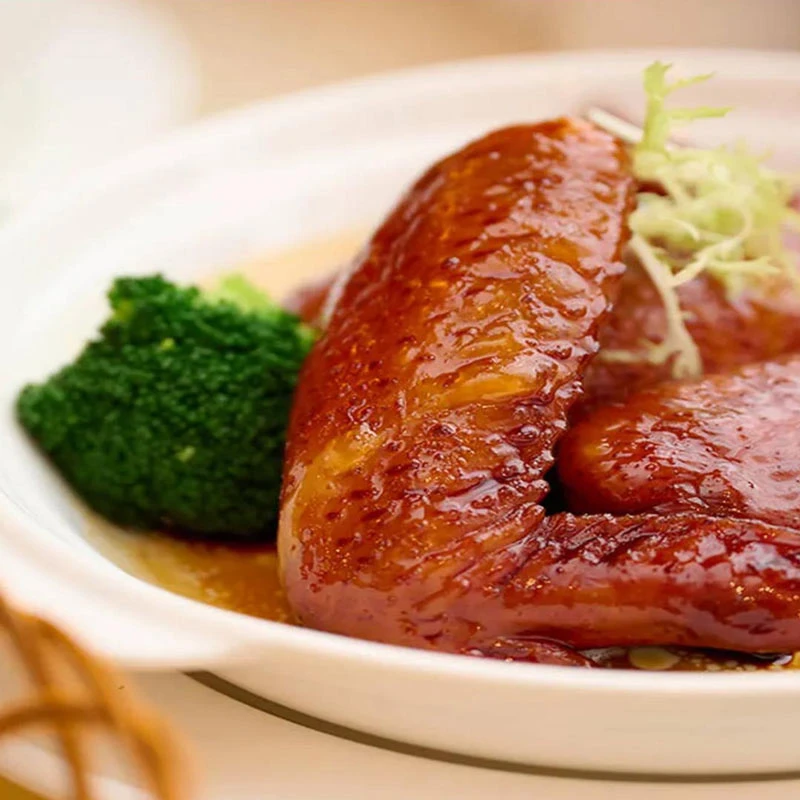Imagine raising a glass in Italy and hearing "Cincin" instead of the familiar "Salute" or "Cin cin." While it might sound like an affectionate kiss, the origins of this Italian toast trace back to an unexpected source: the Chinese phrase “qing, qing (请)”, meaning "please, please." This fascinating linguistic evolution likely began in the late 16th century when European missionaries and British sailors interacted with Chinese traders. Misunderstanding the courteous "qing qing," Italians began to mimic the sound, believing it to be an onomatopoeic representation of the clinking glasses that accompany a toast. Over time, "Cincin" became embedded in Italian culture, symbolizing not just a toast but a bridge between East and West.

Pidgin Languages: Bridging Cultures Through Simplified Speech
Pidgin languages emerge in regions where diverse linguistic groups interact, particularly in trade hubs and colonial outposts. These simplified languages blend elements from multiple languages to facilitate communication, often sacrificing grammatical complexity and expanding vocabulary to meet practical needs. Macau, once a bustling port under Portuguese control, became a cradle for such linguistic innovation. The Macanese Portuguese dialect, a creole combining 15th-16th century Portuguese with Malay, Cantonese, and Sinhalese, is a prime example. Although now endangered with fewer than fifty fluent speakers, it once thrived as a lingua franca among traders and settlers.
Similarly, Guangzhou English developed as Chinese and British traders frequently interacted. This form of Pidgin English retained Chinese grammatical structures with English vocabulary, making it easier for Chinese merchants and British sailors to communicate effectively. As trade expanded to Shanghai in the mid-19th century, Yangjinhua English emerged, characterized by a more extensive English lexicon and simplified pronunciation, catering to the growing demands of a cosmopolitan trade center.
How Pidgin Languages Shaped Fusion Cuisine
Language and cuisine are deeply intertwined, each influencing the other in profound ways. Pidgin languages, with their blend of linguistic elements, have similarly fostered the creation of fusion cuisines that reflect the melding of diverse culinary traditions. In Macau, the iconic Portuguese chicken dish exemplifies this fusion. Combining Portuguese sausages and olives with Indian turmeric powder, Malay coconut milk, and curry, the dish is a culinary microcosm of Macau's rich, multicultural heritage. The preparation involves sautéing garlic and onions to release their aromatic essences before adding chicken pieces, resulting in a harmonious blend of flavors that tell a story of cross-cultural exchange along the Maritime Silk Road.
As Guangzhou transitioned from a Portuguese to a British trading hub, its cuisine adapted accordingly. Xu Laogao's Taiping Pavilion, considered China's first Chinese-owned Western restaurant, pioneered the use of soy sauce and other Chinese seasonings in Western-style dishes. This "soy sauce Western cuisine" mirrored the linguistic characteristics of Guangzhou English, where Chinese grammar and English vocabulary combined seamlessly. Dishes like soy-infused steaks and soy-based soups catered to both local palates and Western tastes, creating a culinary dialogue that was both innovative and accessible.
Shanghai's Hai Pai (Shanghai-style Western) cuisine further illustrates the impact of Pidgin languages on food. Here, traditional Western dishes were adapted with local ingredients and techniques, such as incorporating yellow wine and spicy soy sauce into Portuguese chicken or baking it with butter to create a rich, creamy flavor profile. These adaptations reflect the city's historical position as a melting pot of international influences, where culinary practices were constantly evolving to suit the tastes and preferences of a diverse population.
In Hong Kong, dishes like Swiss Wings exemplify how linguistic misunderstandings can give rise to unique culinary creations. A mispronunciation of "Sweet Wings" by a Pidgin-speaking waiter led to the creation of "Swiss Wings," blending Chinese cooking techniques with Western naming conventions. This dish, along with globally recognized items like dim sum, which has become a beloved representative of Chinese cuisine worldwide, showcases the enduring legacy of Pidgin languages in shaping modern culinary landscapes.
Even further north, in Tianjin, Western influences meld with local traditions to create dishes like "iron-grilled fish" and "Western-style prawns." These dishes incorporate elements from Portuguese, Russian, German, and other European cuisines, adapted to suit Chinese tastes and ingredients. The linguistic blend is mirrored in the culinary innovations, where foreign techniques and flavors are harmonized with local culinary practices, resulting in dishes that are both familiar and exotic.
The Endangered Languages and Their Culinary Legacies
As globalization accelerates, many Pidgin and creole languages face the threat of extinction, taking with them unique cultural and culinary traditions. The Macanese Portuguese dialect, now critically endangered, is not only a linguistic treasure but also a repository of culinary knowledge that blends diverse flavors and techniques. Preserving these languages is essential not just for linguistic diversity but also for maintaining the rich culinary heritage that accompanies them.
Efforts to document and revive endangered languages often highlight their role in shaping local cuisines. Culinary practices embedded in these languages offer insights into historical trade routes, migration patterns, and cultural exchanges that have shaped modern gastronomy. For instance, the survival of dishes like Portuguese chicken in Macau is intrinsically linked to the linguistic and cultural influences that gave rise to them.
In Shanghai, preserving Hai Pai cuisine involves not just maintaining recipes but also understanding the historical context in which these dishes evolved. Similarly, in Tianjin and Dalian, efforts to preserve local dialects include recognizing the culinary innovations that are unique to these regions. These endeavors ensure that future generations can appreciate the intricate connections between language, culture, and cuisine.
Moreover, the global popularity of fusion cuisines like dim sum and roti canai (a dish with Portuguese and Indian influences popular in Southeast Asia) underscores the universal appeal of culinary synthesis. These dishes, born out of linguistic and cultural blending, have transcended their origins to become beloved staples around the world, demonstrating the enduring impact of Pidgin languages on global food culture.



